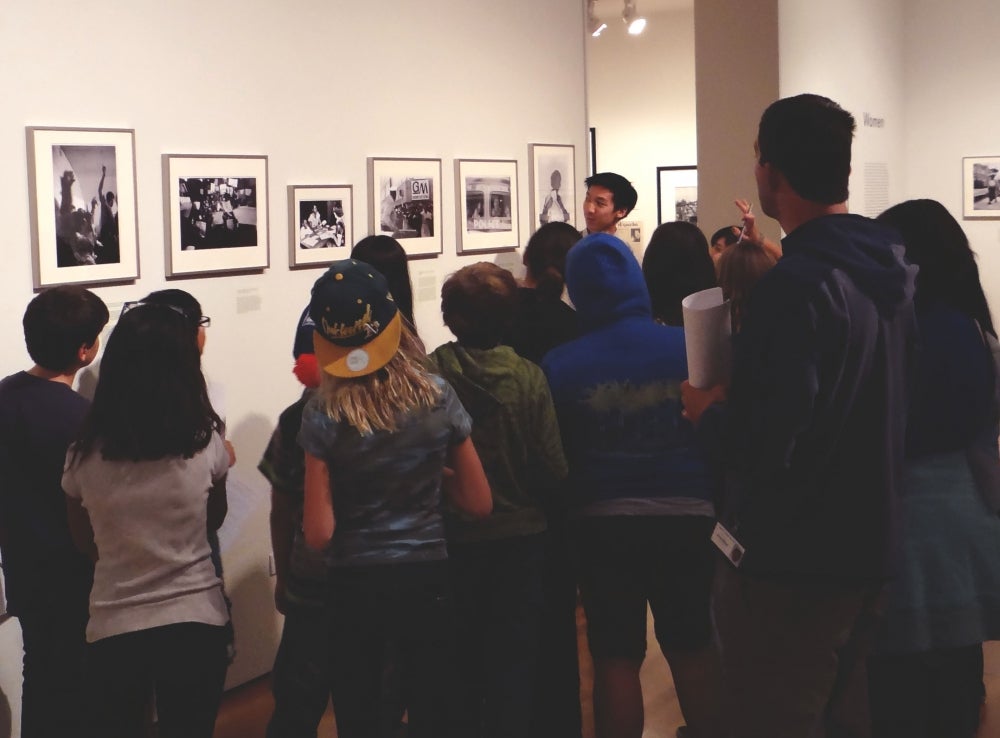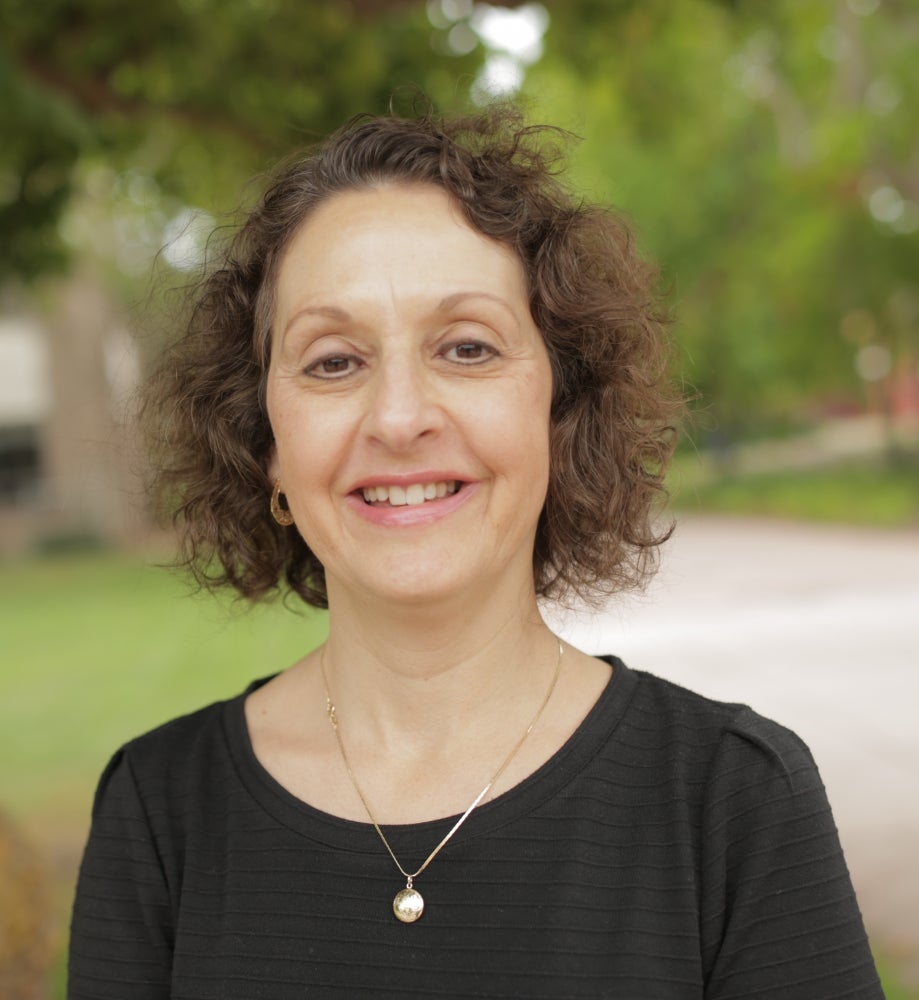
With an Emphasis on Museums

In the 1980s, as scholars from various fields increasingly focused their attention on the influential and multifaceted roles that cultural institutions play in society, museum studies began evolving into a full-fledged academic discipline. In response to this development, the Department of the History of Art and Architecture at UC Santa Barbara has established an undergraduate major emphasis in museum studies.
The emphasis draws on the academic expertise in art and architectural history within the department and from several other departments and entities across campus, including art, Chicana and Chicano studies, East Asian languages and cultural studies, geography, history, religious studies, sociology, spatial studies and the Cheadle Center for Biodiversity and Ecological Restoration.
“The museum studies emphasis focuses both on examining the history, functions, practices and ideologies of museums and collections of different kinds as well as on the applications of such knowledge by offering practical training for a variety of museum and related careers,” said Carole Paul, a lecturer in the Department of the History of Art and Architecture and director of the emphasis.
“There are many different types of museums, and they face similar issues and pressures, though there are also challenges specific to each kind,” Paul continued. “Our program is most concerned with art and archaeology museums, but students will have opportunities to explore other kinds of institutions in courses and internships.”
While some museum studies programs are freestanding, according to Paul, because the subject requires a broad understanding of museums and collections and, depending on the institution, expertise in a particular discipline, her department decided to offer the option of an undergraduate degree in art history with this special emphasis.
“There are a number of graduate programs in museum studies, mostly awarding master’s degrees or certificates, offered by colleges and universities throughout the country, and art history departments usually play a major role in these programs” noted Paul. “However, undergraduate programs are more rare, and I know of no others in California, so the emphasis puts our department and UCSB in a unique position to influence both the field of museum studies and the work that is done in museums and related institutions.”
UCSB’s program is wide-ranging, partly because of the broad expertise of faculty members, whose specializations extend from the classical to the contemporary and from art and architecture to visual culture, but also because of the nature of the field itself. “For example, a museum studies course that I have been teaching, ‘The Grand Tour: Experiencing Italy in the Eighteenth Century,’ explores the close relationship between museums and travel,” said Paul. “Majors in the emphasis will be required to take classes in other departments as well. The courses on public history taught by the history department, for instance, form an ideal complement to our program.”
The museum studies emphasis is designed to help students chart career paths in museums, art galleries, historic preservation, public history and auction houses. In this regard, the relationship of the emphasis to UCSB’s Art, Design & Architecture Museum is especially important, according to Paul. “Students enrolled in the emphasis are required to participate in internships, and the museum already has an outstanding internship program.”
The emphasis also seeks to prepare students for graduate programs in art history, architectural conservation, museum studies, art business, art-related law and arts management. “Many of the graduate programs that exist are aimed at training students for administrative or curatorial work or museum education in a fairly narrow way,” Paul added. “Our emphasis, even at the undergraduate level, seeks to integrate professional practice with a serious engagement with historical and theoretical questions to prepare our students in a particularly thoughtful way.”



